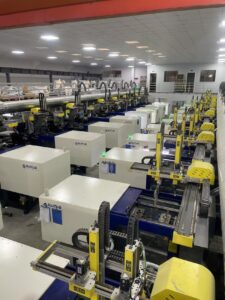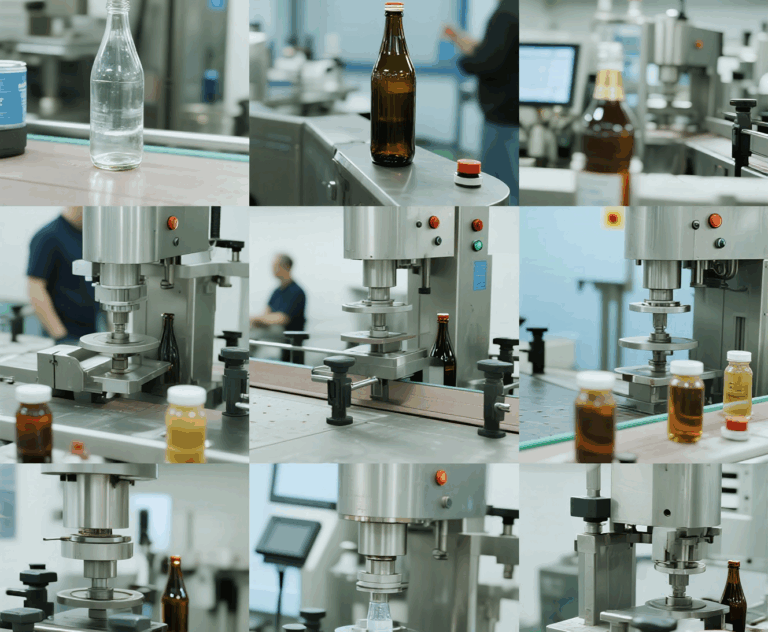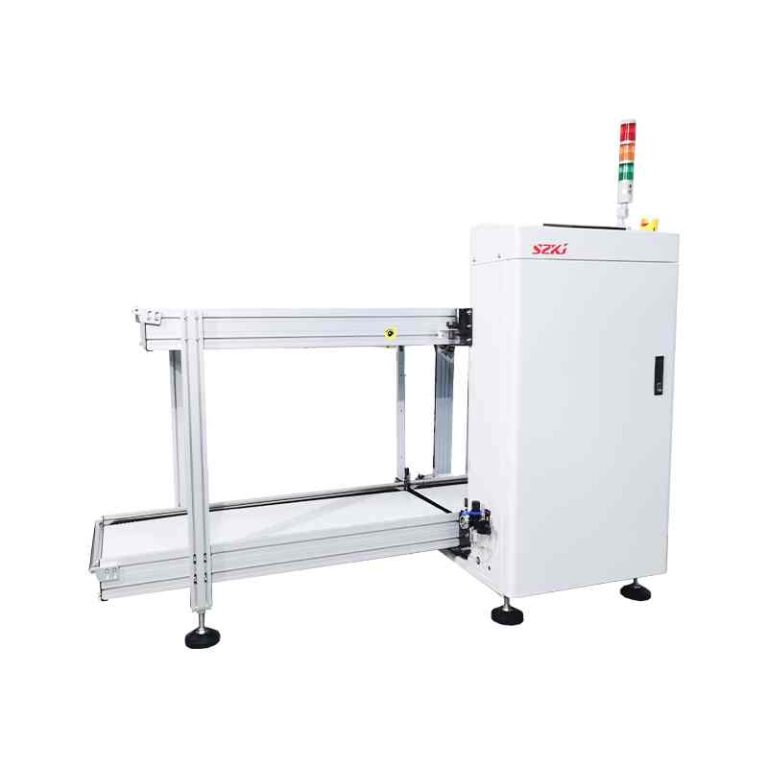In today’s rapidly evolving manufacturing landscape, automation has become the cornerstone of productivity, precision, and cost efficiency. One of the most transformative tools in modern automation is the articulated robot arm. Known for its flexibility and range of motion, this type of robotic system is widely adopted in industries ranging from automotive to electronics and even medical device production.
But what exactly makes the articulated robot arm such a valuable asset in industrial automation? Here are five key advantages that highlight its impact and growing popularity.

1. Exceptional Range of Motion
One of the most defining characteristics of an
articulated robot arm is its ability to mimic the complex movements of a human arm. With multiple rotary joints—often four to six axes—it can move in various directions and rotate at different angles. This enables the robot to perform intricate tasks such as welding, painting, assembly, and material handling with precision.
The increased degree of freedom allows manufacturers to automate more complex operations that static or linear robotic systems cannot handle. Whether reaching around obstacles or working at unconventional angles, the articulated design ensures high adaptability on the production line.
2. High Flexibility and Versatility
The articulated robot arm is extremely versatile, capable of being programmed for a wide range of tasks. It can switch between operations with minimal downtime, making it ideal for manufacturers who need flexibility in their processes.
For example, a single robot can be used for palletizing one day and for precision assembly the next, simply by updating its software and changing the end-effector tool. This reduces the need for multiple types of equipment and lowers long-term operational costs. It’s particularly beneficial for facilities that produce a wide variety of products or operate in high-mix, low-volume environments.
3. Compact Design and Efficient Use of Space
Despite its extended range of motion, an articulated robot arm generally has a compact footprint. This makes it easier to integrate into existing production environments without significant changes to layout or workflow. The robot can be mounted on the floor, ceiling, or wall, further enhancing its space-saving capabilities.
Its ability to perform tasks in confined spaces or in tandem with other machines also allows businesses to maximize the use of available space, an important consideration in modern factories where real estate comes at a premium.
4. Improved Precision and Repeatability
Accuracy is critical in automation, especially in industries such as electronics, aerospace, and medical devices, where even a minor error can have significant consequences. An articulated robot arm offers high repeatability, often within fractions of a millimeter, ensuring consistent quality across thousands—or even millions—of cycles.
With real-time feedback systems and advanced control algorithms, these robots can maintain tight tolerances and make minute adjustments during operation. This reduces defects, enhances product quality, and minimizes material waste.
5. Enhanced Safety and Reduced Labor Risks
Introducing an articulated robot arm into a manufacturing process not only increases productivity but also enhances workplace safety. These robots are often used to perform dangerous, repetitive, or physically demanding tasks that pose a risk to human workers. Tasks such as heavy lifting, toxic material handling, and high-temperature operations can be delegated to robots, reducing the risk of injury.
Many modern articulated robots are also equipped with advanced sensors and collision detection systems, enabling safe collaboration with human operators in shared workspaces—a core feature of collaborative robots, or “cobots.”
Conclusion
As industries continue to evolve and adapt to the demands of modern manufacturing, the articulated robot arm stands out as a powerful tool that combines precision, flexibility, and efficiency. Its ability to handle complex tasks, optimize space, and improve workplace safety makes it a smart investment for companies looking to stay competitive in an automated world.
Whether you are upgrading your existing production line or building a new automated system from scratch, incorporating an articulated robot arm could be the key to achieving long-term success and sustainable growth.
0 







